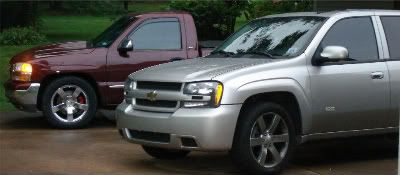If I remember right, the USS Missouri put out a total of 224,000HP from her 4 steam turbine engines. 56,000HP per engine. This engine LOOKS enormous, but I'd judge it would fit nicely in modern ship enginerooms. It looks longer than our engineroom was on the Missouri, but we also had a dedicated boiler room for each engine room. You don't need a boiler for this motor, so you could knock out the bulkhead and combine the two rooms together. Due to its' low operating RPM, you might also get rid of the Reduction Gear (essentially a rear axle gear in trucks, but the size of a small 2-story house)....but maybe not.
The supposition in the article that "Ship owners like a single engine/single propeller design" is incorrect. BIG ships like multiple propellers. For a tighter turning radius, you can use the propellers in addition to the rudders to turn the ship. Ship propellers are numbered from Port (left) to Starboard (right). In a 2-propeller setup, the port propeller would be #1 and the starboard would be #2. For a hard turn to Port then, the Helmsman would likely ring up hard Port rudder, a stop on propeller #1 and full ahead on propeller #2. This is called putting a "twist" on the ship. You would NOT want to reverse on propeller #1 except in emergency situations due to gear backlash in the Reduction Gears.
In addition, the greater surface area of multiple propellers allows for more propulsion......much like a wider tire. Too little propeller surface area, and the propeller will cavitate under power and not provide much forward momentum, like smoking the rear tires......basically the ship will do a burnout LOL.
Due to this, I'd think that the most common configuration of these engines in large container ships would be two of the smaller motors.
I have absolutely no idea what sort of fuel consumption our steam turbines produced, so can't say with any certainty if the fuel consumption of that Diesel motor is good or bad. I do know that we carried a 30-day fuel supply at all times, and that was a LOT of fuel. I learned a whole lot about steam turbine impeller design, and it's basically identical to turbo/supercharger impeller design and pretty efficient.
We also had 2 diesel engines as emergency backups. I only saw them a couple times, but they were about 6ft tall and 5ft wide and about 25-30ft long. They were inline motors, but I don't remember their HP or even how many cylinders they had.
TLDR version: These motors are nice, but I see more of a demand for 2-4 of the smaller ones rather than one of the largest one.




 Reply With Quote
Reply With Quote


